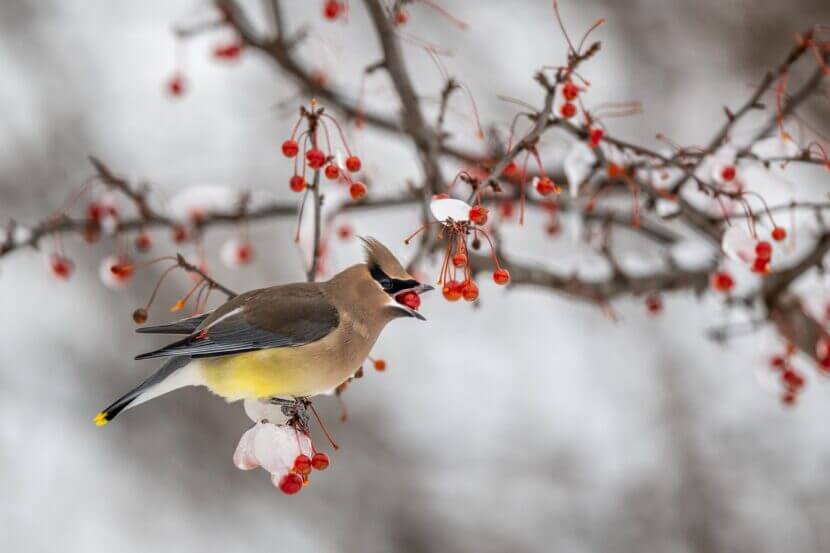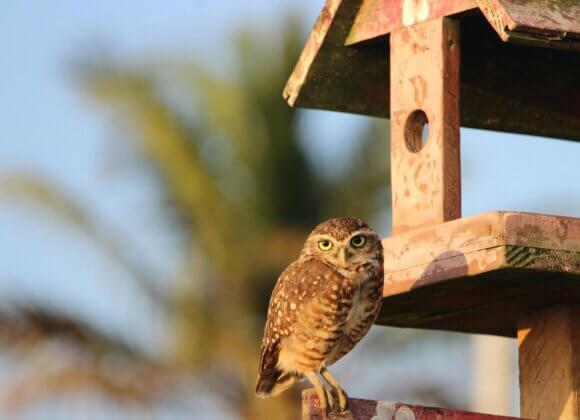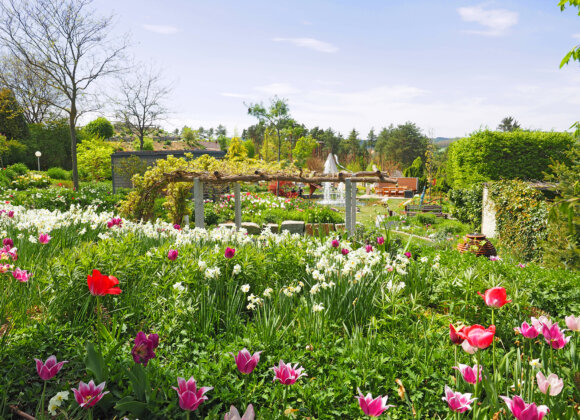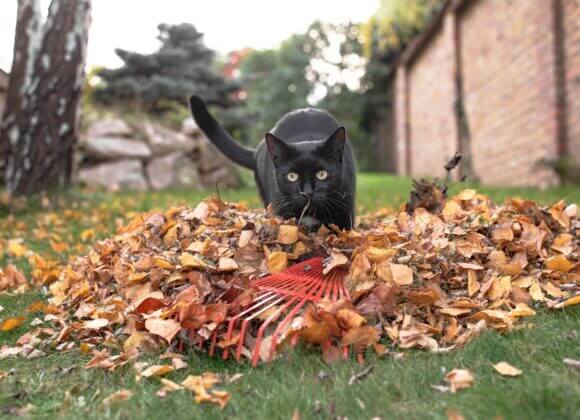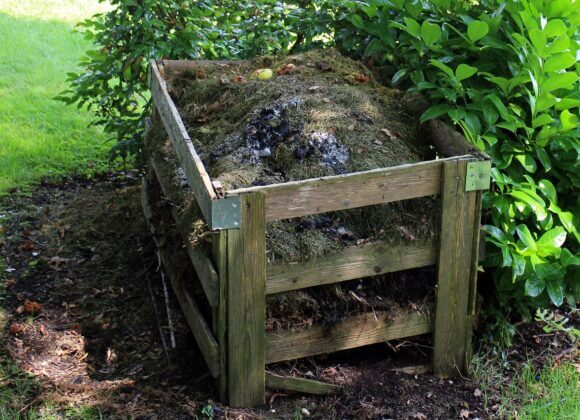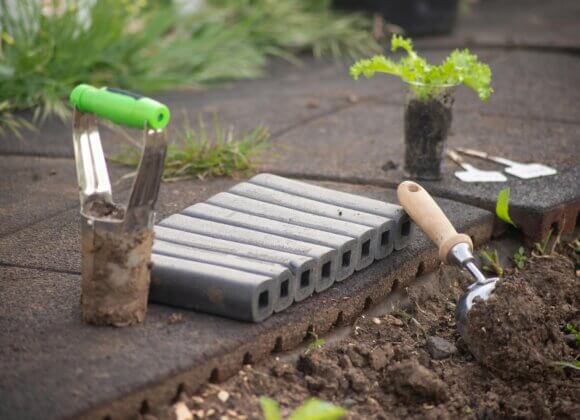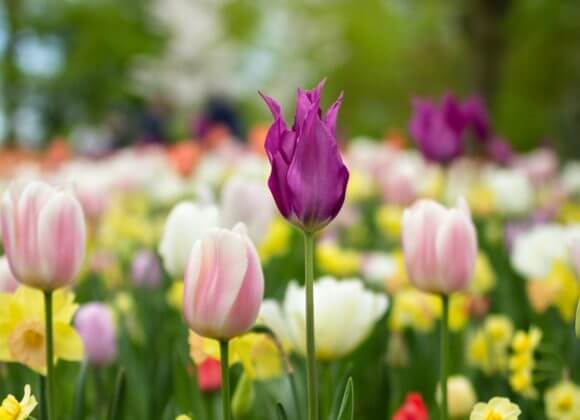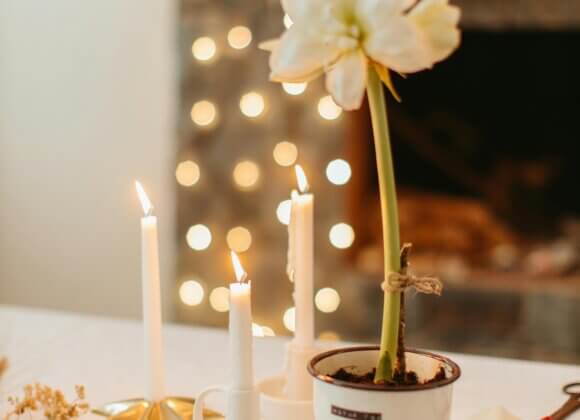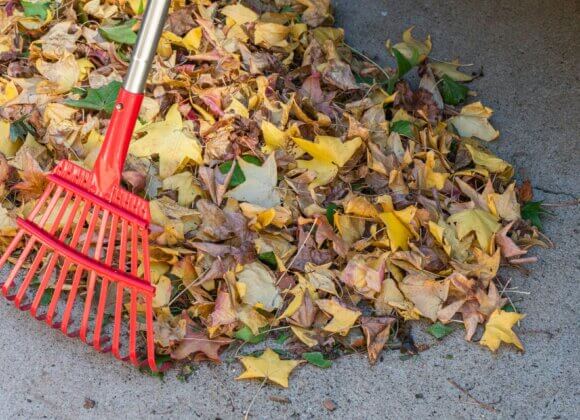Garden tip: Courage to be messy
Piles of leaves, dead wood or plant stalks are popular winter homes for various beneficial insects in the garden.
When the first leaves fall in autumn, many garden inhabitants also start looking for winter quarters. Finding this is becoming increasingly difficult for hedgehogs, insects, birds and co., as many gardens and parks are neatly tidied up before winter.
Therefore, if you want to make life easier for your animal roommates, you should have the courage to be messy.
A favorite winter home for many ladybugs, spiders and other beneficial insects, as well as hedgehogs, is foliage, according to “Die Umweltberatung.” This can either be just under shrubs to form a protective layer where insects can overwinter.
By the way, beds and the soil creatures that live in them also benefit from a protective blanket of leaves. In a cozy pile of leaves, in turn, the increasingly rare hedgehogs can survive the winter.
But also piles of wood, brushwood or piles of stones or bricks, piled up in a quiet corner of the garden, are popular with hedgehogs, but also slow worms, amphibians and ground beetles.
Niches and crevices in the house siding or masonry also provide popular retreats for many a creature, such as various species of butterflies. Grass frogs, common toads and lizards, in turn, appreciate the inside of a compost pile, a woodpile or burrows. They then thank you for your hospitality in the summer by eating the pesky mosquitoes.
Quarters and food
Plant stems are also a good winter home for insects and spiders, according to “The Environmental Consultancy”. For example, some species of wild bees lay their eggs in plant stems and woody perennials. In addition, plant seeds are a food source for birds – so wait until spring to cut back faded perennials and grasses.
Speaking of birds: blackbirds, sparrows, tits and co. are also happy about the winter quarters for insects, as these fill up their already meager diet in the cold months. For the same reason, pruning berry-bearing shrubs should wait until the end of winter.
To help birds – a small bird can lose up to 20 percent of its body weight in a single night of frost – additional feeding can be provided, of course. It is important that the feed is neither soiled by the birds nor soaked by rain and snow. Moldy food is in fact poisonous. To appeal to as many birds as possible, the food should be varied. Sunflower seeds, small seeds, but also nuts, soft and insect food are readily accepted. Incidentally, titmouse dumplings and feeding bells can also be made yourself.
Feeding from October
The ideal time to start feeding is early/mid-October. This allows the animals to get used to the feeding station. To ensure that in the spring the weakened birds, and both those that winter here and the early arriving migratory birds, find enough food, you should stop feeding only in April or even May.
Do it yourself or bought
Of course, you can also support the animal garden inhabitants with homemade or purchased quarters: These include specially constructed hedgehog houses, which are filled and covered with straw or leaves, for example, as well as insect hotels, nesting boxes, which are occasionally also occupied by dormice and hazel dormice, and nesting aids.
These dwellings, which should not be cleaned in the fall, protect the animals not only from rain, snow and cold, but also from enemies. However, insects and beetles can be allowed to overwinter clay pots placed overhead and filled with straw or wood shavings.
Autumn is also ideal for ensuring that insects find a rich buffet early in the spring: This is done by already putting the bulbs of early bloomers such as crocuses, daffodils, mullein or winter snowflakes in the ground. After all, we all want to enjoy the eager buzzing, humming, crawling and chirping again then, too.
Landlust: Luxury real estate in the countryside
Urban: Luxury properties Vienna Urban
Villa location: Luxury properties Villa location
For ski fans: Luxurious living for ski fans
On the waterfront: luxurious living on the waterfront
Hotel service: Luxurious living with hotel service
Exquisite view: Luxurious living with an exquisite view
For golf fans: Luxurious living for golf fans
Classic elegance: Luxurious living in classic elegance


